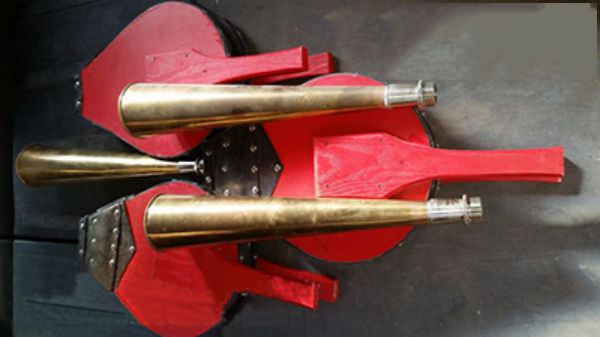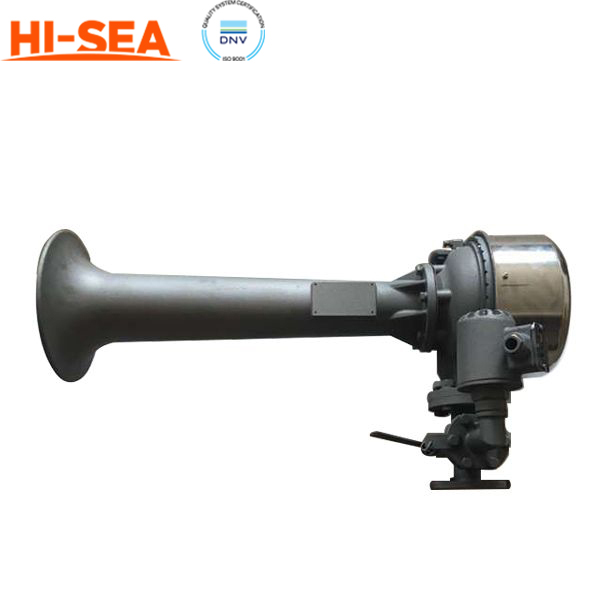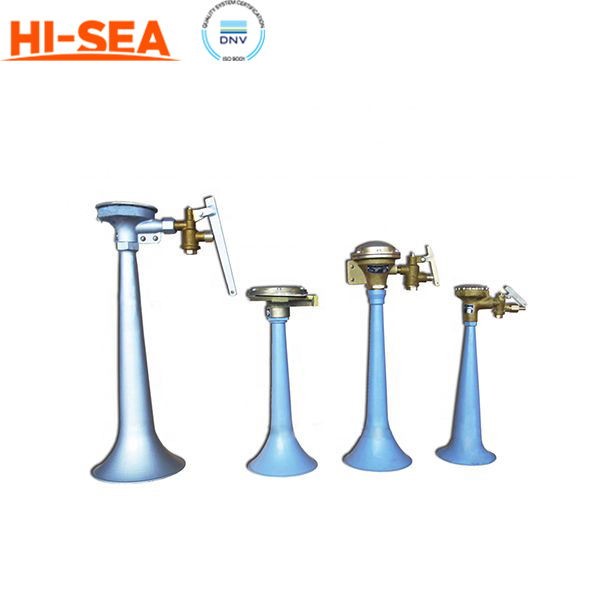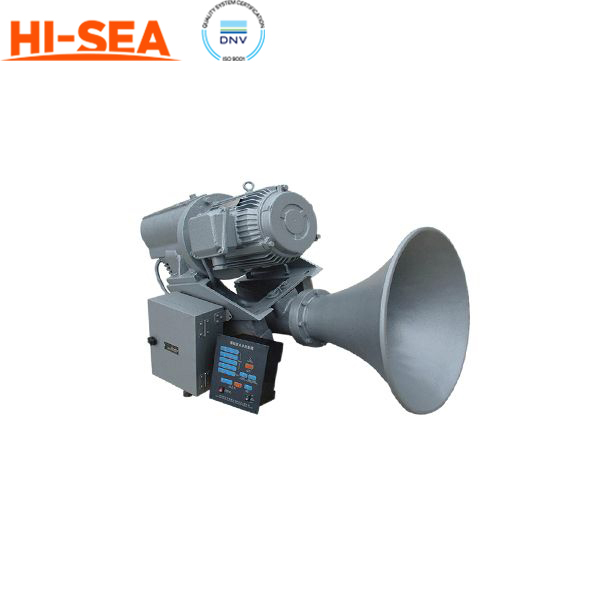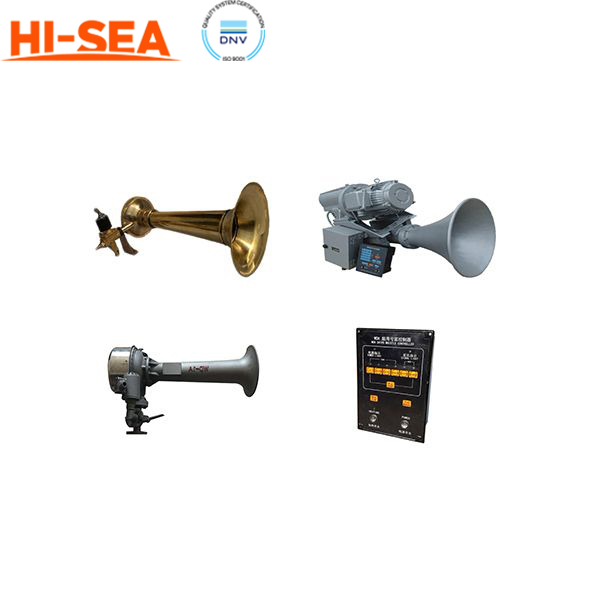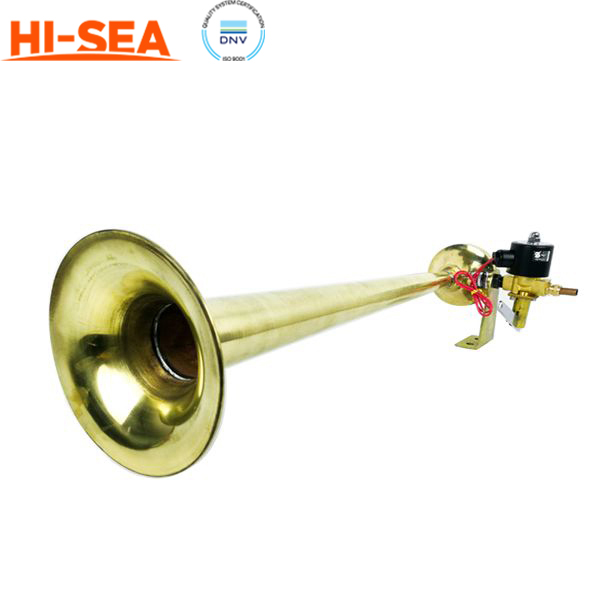MARINE & OFFSHORE EQUIPMENT
- Dredging Equipment
- Marine Deck Machinery
-
Marine Mooring Equipment
-
Marine Anchor
- AC-14 HHP Anchor
- Admiralty Anchor
- Beldt Stockless Anchor
- Bruce Anchor
- Spek Anchor
- Danforth HHP Anchor
- Delta High Holding Power Anchor
- GB11579-89 Light Weight Anchor
- Hall Anchor
- High Holding Power Mastrosov Anchor
- Hot Dip Galvanized Anchor
- Japan Stock Anchor
- JIS Stockless Anchor
- Pool Anchor
- Single Fluke Anchor
- Stainless Steel Anchor
- Stevpris MK5 Anchor
- Stingray Anchor
- US Navy Stockless Anchor
-
Marine Anchor Chain
-
Marine Shackle
- Kenter Shackle
- D Type Joining Shackle
- Pear Shaped Shackle
- Anchor Swivel Shackle Type A
- Anchor Swivel Shackle Type B
- Buoy Shackle Type A
- Buoy Shackle Type B
- C Type Detachable Connecting Link
- D Shackle
- Forelock Shackle
- Anchor Chain Swivel Group
- Straight Shackle
- Anchor Shackle
- Marine Triangle Plate
- Anchor Chain Swivel
- Anchor Chain Joining Shackle
- Anchor Chain End Shackle
- Slim Kenter Shackle
-
Chain Chaser
-
Marine Bollard
-
Marine Chock
-
Marine Fairlead
-
Marine Chain Stopper
-
Marine Mooring Reel
-
Marine Towing Bracket
-
Mooring Rope
-
Marine Towing Hook
-
Marine Shark Jaw
- Marine Fender
-
Marine Buoy
- Marine Floating Pontoon Dock
-
Marine Anchor
- Aquaculture Equipment
- Marine Outfitting Equipment
- Marine Propulsion System
-
Marine Painting
-
Marine Auxiliary Machinery
- Marine Air Compressor
- Marine Air Receiver
- Marine Sewage Treatment Plant
-
Marine Diesel Generator Set
- Marine Oil Water Separator
- Ballast Water Management System
- Marine Hydrophore
- Marine Calorifier
- Seawater Desalination Plant
-
Marine Oil Separator
- Marine Fuel Oil Supply Unit
- Marine Heat Exchanger
-
Marine Hot Well Unit
-
Marine Incinerator
-
Marine Boiler
-
Marine Valve
- JIS Marine Valve
- DIN Marine Valve
- ANSI Marine Valve
- GB Marine Valve
- CB Marine Valve
- CBM Marine Valve
-
Marine Gate Valve
-
Marine Globe Valve
-
Marine Angle Globe Valve
-
Marine SDNR Valve
-
Marine Angle SDNR Valve
-
Marine Check Valve
-
Marine Storm Valve
-
Marine Butterfly Valve
-
Marine Quick Closing Valve
-
Marine Fire Valve
-
Marine Self Closing Valve
- Marine Valve Accessories
-
Marine Pump
- Marine Centrifugal Pump
- Marine Screw Pump
-
Marine Gear Pump
-
Marine Vortex Pump
-
Marine Ejector Pump
-
Marine Diaphragm Pump
-
Marine Piston Pump
-
Marine Fire Pump
-
Marine Emergency Fire Pump
-
Marine External Fire Pump
-
Marine Ballast Water Pump
-
Marine Fuel Pump
-
Marine Lubricating Oil Pump
-
Marine Bilge Pump
-
Marine Sewage Pump
-
Marine Domestic Water Pump
-
Marine General Pump
-
Marine Cargo Oil Pump
-
Marine Hand Pump
- Marine Pump Parts
- Marine Life-saving Equipment
- Fire-fighting Equipment
- Marine Cable
- Marine Electrical Equipment
- Marine HVAC
-
Labour Protection Appliance
- Marine Decorative Material
-
Marine Anode
- Marine Pipe Fitting & Flange
- Marine Instrument
- Ship Building Equipment
INDUSTRY EQUIPMENT
- Hoisting Equipment
- Welding Machine & Material
-
Cutting Machine
- Container Securing Fitting
- Link Chain
- Container & Storage Equipment
-
Diesel Generator Set
- Other Equipment and Tools
- Petrochemical Equipment
- Fiber Reinforced Plastics
- Polymer Materials
- Environmental Protection Series
- Geo-products and Building Materials
- Metal Mesh
- Steel Grating
-
Earthwork Teeth
-
Turnbuckle
STOCK LIST
Contacts
 Tel:+86-23-67956606
Tel:+86-23-67956606
 FAX:+86-23-67956622
FAX:+86-23-67956622
 Email:manager@cqhisea.com
Email:manager@cqhisea.com
Working Time: 9:00--17:00
Working Day: Monday to Friday Website: www.cqhisea.com

Ship Whistle
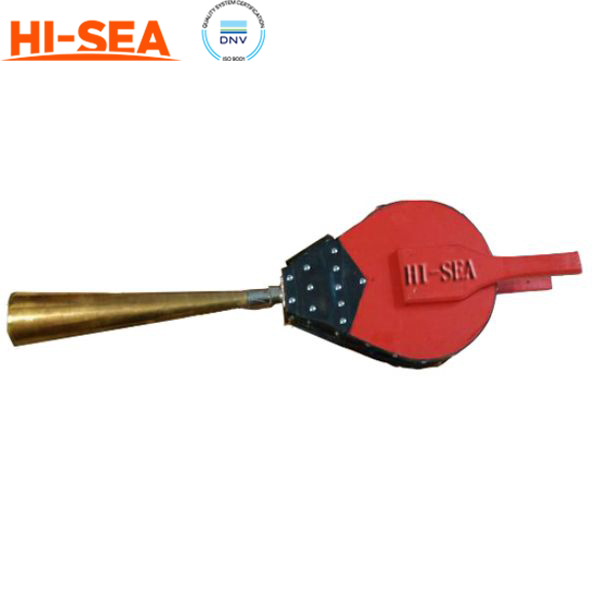
Ship Whistle
Description:
Ship whistle, also known as a steam whistle, is a type of signaling device used on ships to produce a loud, distinct sound that can be heard from a considerable distance. It is typically powered by steam or compressed air and is used to alert other vessels of the ship's presence, communicate with other crew members, and signal navigational warnings. Ship whistles come in various sizes and designs, but they generally consist of a metal horn with a mouthpiece and a valve mechanism that controls the flow of steam or air. The valve mechanism is connected to a source of pressurized steam or air, which is released through the horn to produce the sound.
In addition to being a vital safety device, ship whistles also have a rich history and are often considered an iconic feature of classic ships and steamboats. Many modern ships still use steam whistles, although electronic and pneumatic versions are also available.
Materials:
Ship whistles can be made from various materials, including brass, bronze, stainless steel, and plastic. Brass and bronze whistles are commonly used and are known for their durability and corrosion resistance. Stainless steel whistles are also durable and can withstand harsh marine environments, but they are typically more expensive than brass or bronze. Plastic whistles are lightweight and affordable, but they may not be as durable or long-lasting as metal whistles. The choice of material may depend on factors such as the vessel's size, the desired sound output, and the frequency of use.
Product Characteristic:
The fundamental frequency of the whistle
should be in the range of 70–700 Hz. The audible distance of the flute should
be determined by the frequency. The frequency range is 180–700 Hz for ships of
20 m or more in length and 180–2100 Hz for ships of less than 20 m in length.
Adopt Standard:
The Statutory Inspection Rules for Ships and Offshore Installations and the International Regulations for Preventing Collisions at Sea, 1972, 1974 SOLAS Convention Amendment 1996 and CB/T3142-94, CB/T428-93
Select the appropriate ship whistles:
When selecting a ship whistle, there are several factors to consider, including the vessel's size, operating conditions, and regulatory requirements. Some questions you may want to ask include:
What is the vessel's size and operating conditions?
The size and intended use of the vessel will determine the required sound output level and range of the ship whistle.
What are the regulatory requirements for the vessel's location and use?
Different countries and regions have different regulations regarding the type, sound output level, and installation requirements for ship whistles. Ensure that the selected ship whistle meets the relevant regulations.
What are the environmental conditions in which the ship whistle will be used?
The noise level of a ship whistle can be affected by the surrounding environment, including wind and sea conditions. Consider the environment in which the whistle will be used to ensure that it can effectively communicate the intended signal.
What is the construction and material quality of the ship whistle?
The durability and reliability of a ship whistle are important factors to consider, as it is a critical safety device on the vessel. Choose a whistle made of high-quality materials that can withstand harsh marine conditions and ensure that it is properly maintained.
Photo One of Ship Whistle:
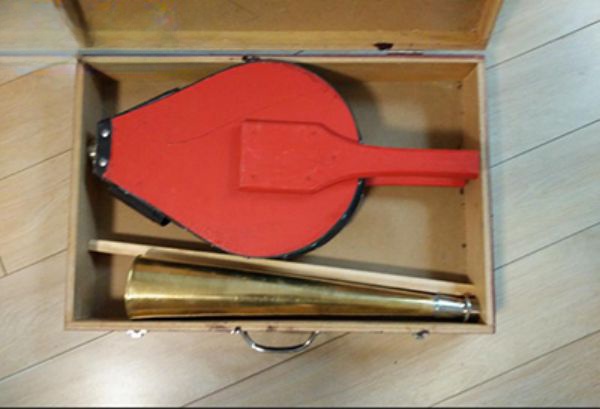
Photo Two of Ship Whistle:
